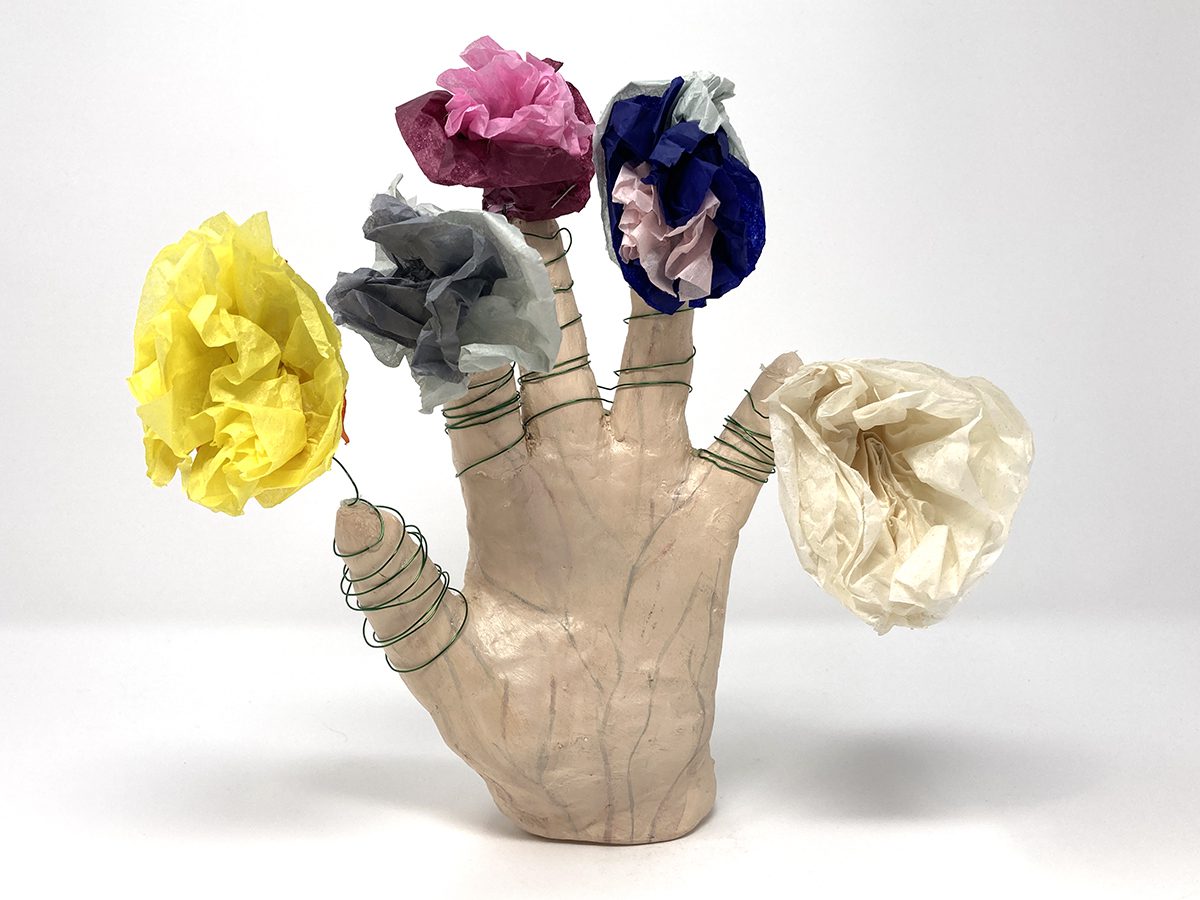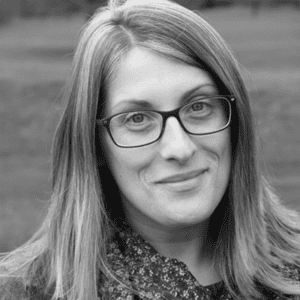In an ideal world, supporting the diverse needs of all of our students is as easy as teaching your favorite art project. However, we know from experience how lessons may take an unexpected turn, students may not understand the concepts we teach, or we wish we would have prepared an extra visual. Despite all the challenges, we do our best to prepare inclusive lessons so everyone can succeed.
As we plan our art lessons, an increasing population we can keep in mind are our students with Attention-Deficit Disorder (ADD) or Attention-Deficit Hyperactivity Disorder (ADHD). Knowing how to meet these students and their needs in the art room begins with well-informed teachers. Keep reading to learn more about how you can find success for your students with ADD and ADHD and, in turn, reach other students who struggle with shorter attention spans.
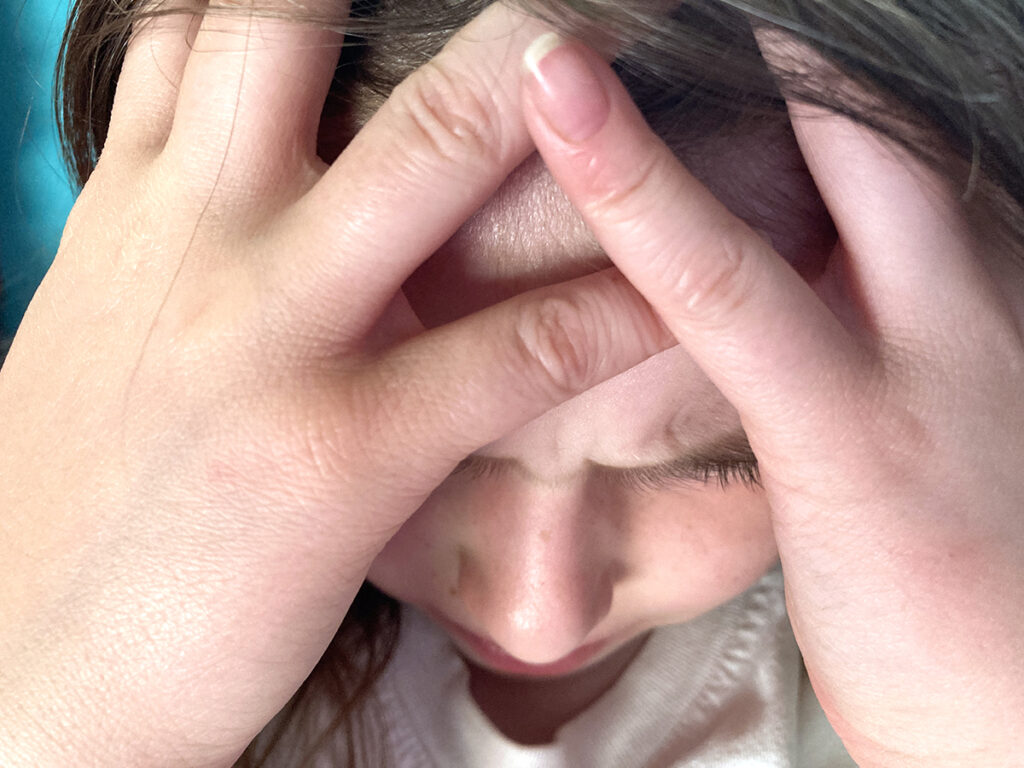
What is the difference between ADD and ADHD?
According to the Child Mind Institute, ADD is an outdated term. Until the late 1980s, ADD was commonly used. When “hyperactivity” was added, Attention-Deficit Hyperactivity Disorder or ADHD became the named diagnosis, with or without the person experiencing hyperactivity. Assuming a child or individual has ADHD is beyond an art educator’s credentials. It’s important to remember that this diagnosis must come from a qualified, licensed professional. Healthcare professionals, such as pediatricians, psychiatrists, child psychologists, therapists, or other licensed counselors, can diagnose ADHD.
Many people differentiate between ADD and ADHD because of hyperactivity’s presence or lack thereof. While ADD continues to be familiar and commonly used, we will use ADHD in this article to align with the current terminology. The nonprofit organization, Smart Kids With Learning Disabilities, Inc., provides useful information that describes ADHD and its signs, symptoms, and subtypes. As described in their article, ADHD: An Overview, “ADHD is the diagnosis for an array of difficulties, but the common thread that unites them is difficulty in regulating attention—paying the right amount of attention for the appropriate amount of time.”
Knowing the signs and symptoms of ADHD can help you recognize when to adjust classroom practices to benefit students in the art room. Keeping these in mind may create a more inclusive art room for students with ADHD and support all art students in their own learning. Stephen Hanna is a School Psychologist with a Master’s + Certificate School Psychology Ed. Spec. who works with elementary students. He shares some insight based on his experience working with psychological evaluations and applying behavioral and academic interventions.
While there may be some common symptoms to look for, an important consideration to remember is ADHD can present differently across age levels and genders. Stephen noted examples from his experience, “At a younger age, students will often appear to be bouncing in their chair and demonstrate extreme hyperactivity, whereas, for teenagers, this can appear more commonly with students taking risks, not thinking before acting, and demonstrating more controlled hyperactive movements.”

Three behavior subtypes are described in the Teacher’s Guide to ADHD and include students being:
- Inattentive
Inattentive is sometimes referred to as ADD and does not include hyperactivity. In the art room, these students may appear to be daydreaming instead of paying attention to your demonstration. They may want to pay attention but are having difficulty concentrating on your lesson.
- Hyperactive
“Hyperactive includes many of the stereotypical behaviors associated with ADHD such as constant fidgeting, shifting or moving, difficulty staying seated in class, and the inability to stay focused on one task.” You may see students doodling to help them stay focused while you are teaching. If you suspect their learning is being distracted by the doodling, tap the student’s shoulder and quietly ask a question about the lesson.
- Impulsive
Impulsivity is described by a student’s tendency to take action before thinking about the consequences. An example of this can be students blurting out how they apply drawing techniques before you have a chance to finish the question.
Raising your awareness is important. Stephen Hanna continued his conversation with a reminder that “ADD/ADHD does not discriminate between activities. It can present differently in terms of fixation or hyperfocus to the point of abnormal versus off-task behavior but it always impacts the students’ ability to pay attention, manage time, stay organized, be present to surroundings, and think about actions.”
Here are some resources to discover more information:
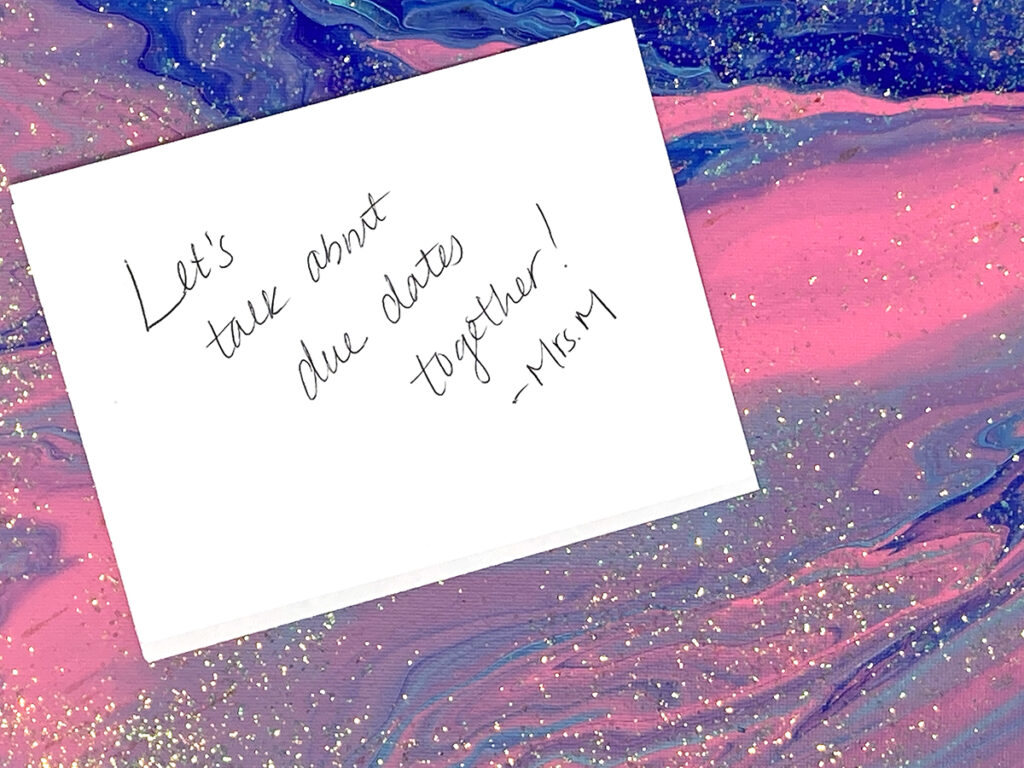
11 Ways to Support Students With ADHD in the Art Room
Every student with ADHD is different and has their own individualized needs. Staying informed and offering the best practices in the art room will help you support all students. Here are eleven ways you can help every learner find success when it comes to art education.
1. Communicate with parents and guardians.
Communicate openly with your students’ parents or guardians about how to best support their child’s learning in your art room. You may learn their child’s artistic strengths and interests. This is a great entry point to plan lessons that meet their specific needs and passions.
2. Familiarize yourself with accommodations.
Familiarize yourself with each student’s IEP or 504 Plan. Possible accommodations for ADHD students may include breaks during class for movement or providing a set of art materials to use at home. Your school’s special education teachers, counselors, or school psychologist can help clarify and support any questions you have on what a specific accommodation may look like in your room.
3. Offer choices.
Offer choices in projects, topics, or materials. Be mindful that giving too many choices may overwhelm the student. You can start by giving three choices of materials, such as pencils, charcoal, and chalk, or watercolor, tempera, and acrylic.
4. Use visuals.
Visuals can be helpful to show schedules, timelines, or where materials are located. Creating anchor charts, like the ones mentioned in this article, can help students see what techniques look like in order to choose the best one to try in their artwork. It also can empower them to seek information on their own if they have questions or need a reminder.
5. Chunk material.
Break large tasks into smaller chunks to prevent being bombarded by information. For example, spend time intentionally ideating topics. Give students feedback and check in with them before moving on to the next step, where you explicitly teach the process.
6. Give prompts for transitions.
Providing prompts for transitions can help when students have become intensely focused on their artwork and lose track of time. For instance, let students know when they have five more minutes left to add finishing touches for the day. Additionally, give them a heads up that students working with messier materials, such as chalk pastels or paint, will clean up two minutes earlier than others.
7. Consider flexible due dates.
Be flexible with due dates to help students who have difficulty regulating their time. Having the option to work longer on art projects allows the focus and time needed to fully process and create quality artwork.
8. Minimize distractions.
Create seating areas to minimize distractions during instruction and studio time. This could mean limiting visual distractions or classroom displays, providing preferential seating, or hanging curtains in windows or doors.
9. Make directions clear and direct.
Give directions that are clear and to the point. Consider using a call and response technique to reinforce familiar steps in gathering materials or cleaning up.
10. Incorporate movement.
Build movement into your learning activities to work with those students who just can’t sit still! Invite students to stand at an easel, use flexible seating, or doodle while you teach. Plus, adding a kinesthetic element will help to reinforce learning for all students.
11. Grade content, not behavior.
Implement Standards-Based Grading (watch the Pack in PRO Learning) and avoid grading behavior. Some students behave in ways that reflect the need for movement and talking during the learning process. This may not impair their ability to grasp the standards and concepts being taught.
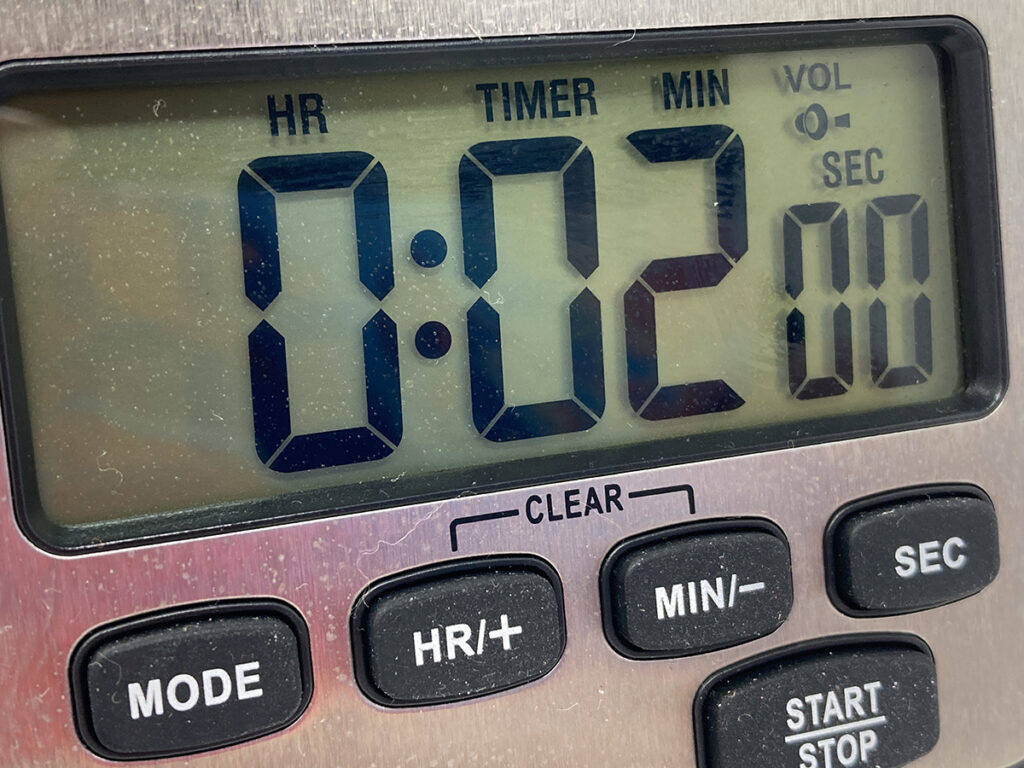
Keeping varying attention spans in mind benefits all student artists when providing opportunities for success. Getting to know your students and their diverse needs will always be worth your time and energy. Plus, your students will appreciate your efforts and interest in them. Focusing on the strengths of students with ADHD, minimizing distractions, and being flexible with movement in the studio are just some of the ways to create easy wins. Raise your awareness and stay informed on the most current practices in art education to cultivate an inclusive art room where everyone can create with confidence.
How do you navigate varying attention spans in the art room?
What resources or helpful tips would you add to this list?
Magazine articles and podcasts are opinions of professional education contributors and do not necessarily represent the position of the Art of Education University (AOEU) or its academic offerings. Contributors use terms in the way they are most often talked about in the scope of their educational experiences.
